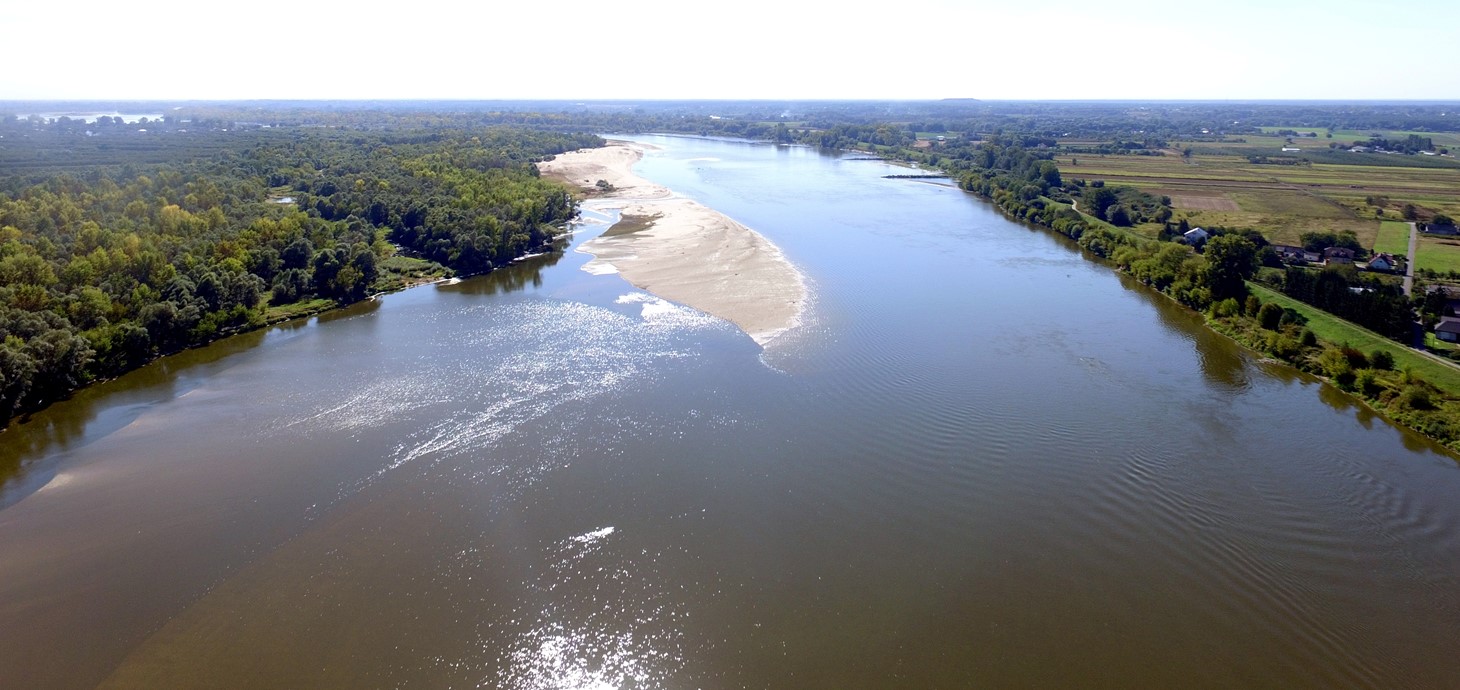These articles are now archived and will no longer be updated.
New report warns of massive decline in freshwater fish populations and threat to livelihoods

Vistula River, Poland (Picture: Katarzyna Suska).
The Living Planet Index for Migratory Freshwater Fish, the first comprehensive global report on the status of migratory fish has revealed that there has been a 76% average decline in freshwater fish populations from 1970 to 2016 - including a staggering average decline of 93% in Europe.
The report, issued by the World Fish Migration Foundation and Zoological Society of London (ZSL) with contributions from Professor Carlos Garcia de Leaniz, from the Adaptive Management of Barriers in European Rivers (AMBER) Project at Swansea University, is now available to download.
The decline in number is higher than the rate observed in terrestrial and marine species but in line with the overall decline observed for freshwater vertebrate populations as a whole (83%).
The report findings revealed:
- Globally, monitored populations of migratory freshwater fish have declined by an average of 76% between 1970 and 2016. Average declines have been more pronounced in Europe (-93%) and Latin America & Caribbean (-84%).
- Lower declines in North America (-28%) suggest that management of fisheries could result in a lower average decline in abundance.
- The biggest drivers of population decline are habitat degradation, alteration and loss, and over-exploitation. All of these are inextricably linked to human use and impact.
Professor Garcia de Leaniz, AMBER Project Coordinator and Principal Investigator, Swansea University said: “Migratory fish are fundamental to ecosystems, to our health and the economy. Livelihoods around the world depend on migratory fish. The Living Planet Index for Migratory Freshwater Fish brings to light the threats migratory fish are facing and sets an emergency recovery plan aiming to halt and then reverse the alarming fish populations decline.”
The report lists the threats to migratory fish populations as:
- Dams and other river barriers block fish from reaching their mating or feeding grounds and disrupt their life cycles.
- Habitat degradation, alteration, and loss account for approximately half of the threats to migratory fish.
- Over-exploitation, such as unsustainable fishing and accidental by-catch account for around one-third of the threats to these populations.
- Changing climate with rising temperatures can trigger migration and reproduction, at the wrong time (e.g. when food may be less abundant).
The report also recommends emergency plan with six action steps:
- Allowing rivers to flow more naturally;
- Reducing pollution;
- Protecting critical wetland habitats;
- Ending overfishing and unsustainable sand mining in rivers and lakes;
- Controlling invasive species;
- Safeguarding and restoring river connectivity through better planning of dams and other infrastructure.
Lead author Stefanie Deinet from ZSL said: "To understand how populations of migratory freshwater fish have changed over the past 50 years, we looked at data from 1,406 populations of 247 species for this report. We run similar analyses for a range of different ecosystems and groups of animals as part of our work on the Living Planet Index. A 76% average decline is one of the most severe we've found."
Herman Wanningen, Founder of the World Fish Migration Foundation said: “The statistics are shocking, but we know migratory fish populations can bounce back. We need to act now before populations get to the point where they are too low to recover. Now is the time to value migratory fish and the rivers that sustain them.”
